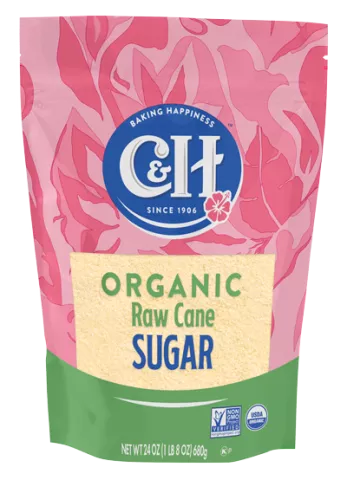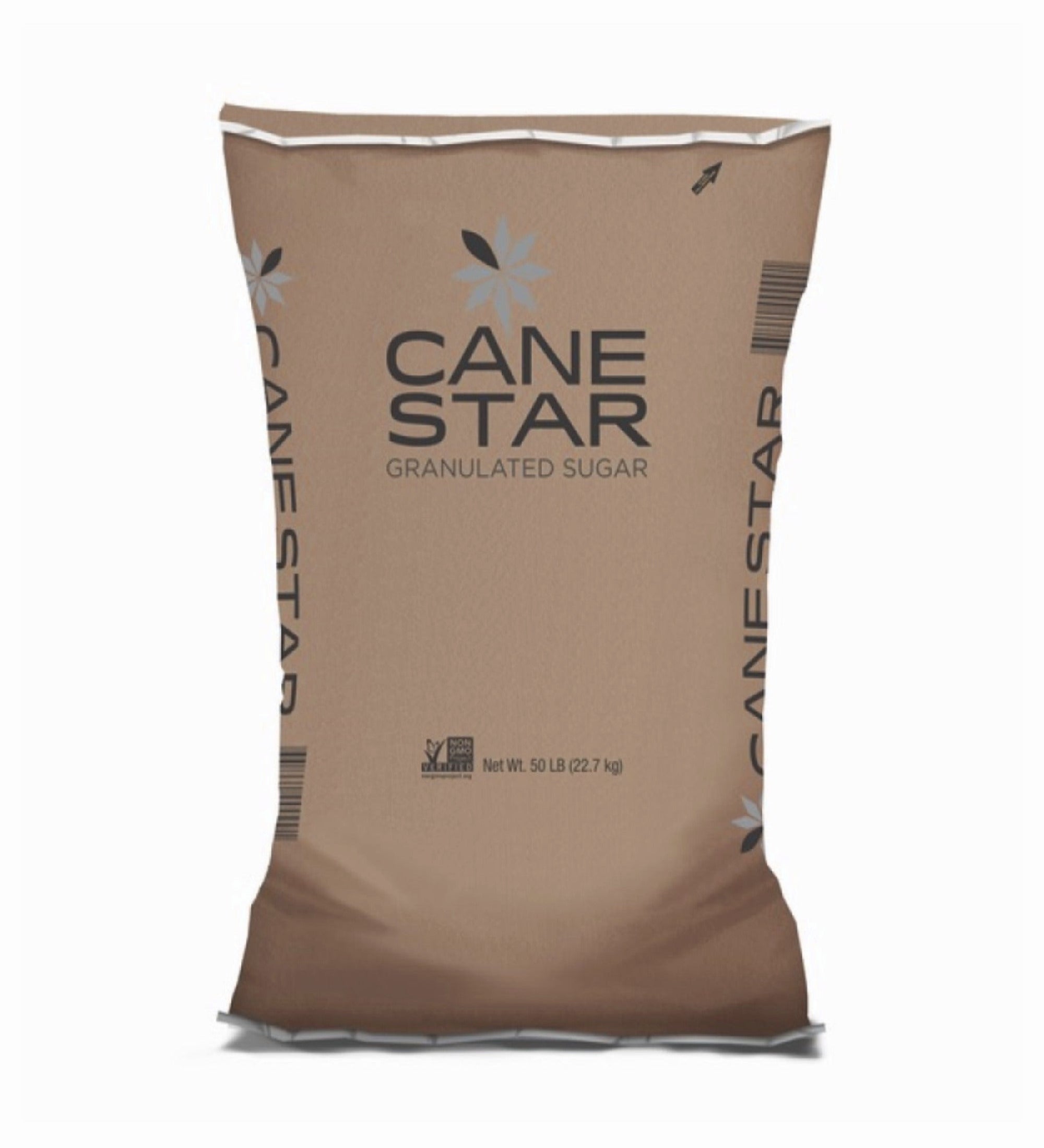Cane Sugar Processing Explained: What Takes Place Inside a Sugar Mill
Cane Sugar Processing Explained: What Takes Place Inside a Sugar Mill
Blog Article
Comprehending the Crucial Methods and Technologies Employed in Modern Walking Stick Sugar Processing
The development of walking cane sugar processing has been dramatically shaped by the combination of innovative techniques and innovations that resolve both efficiency and sustainability. Enzyme-assisted extraction and advanced refining approaches have actually transformed yield optimization, while automation promotes functional reliability. Additionally, the focus on lasting techniques reflects a growing awareness of environmental effect. As we discover these critical developments, it ends up being important to examine exactly how they not only improve manufacturing however additionally straighten with broader industry trends and customer needs, questioning regarding the future of sugar handling and its effects for global markets.
Historical Context of Walking Cane Sugar Processing
The historic context of walking cane sugar handling discloses an abundant tapestry of farming innovation and cultural exchange that has actually shaped its development over centuries. Coming From Southeast Asia, sugarcane was grown as early as 8000 BCE - Cane Sugar Processing. The process of extracting and fine-tuning sugar got momentum in India, where approaches for condensation were developed around the sixth century. This knowledge went across to the Middle East, and by the 12th century, sugar became a valued product in Europe, resulting in the establishment of sugar plantations in the Mediterranean.

Advanced Extraction Strategies
Effectiveness in walking stick sugar extraction has actually seen substantial innovations, driven by the requirement for greater returns and lower production costs. Conventional methods have actually evolved, paving the way to innovative technologies that boost the efficacy of the extraction process. One noteworthy advancement is using enzyme-assisted removal, in which particular enzymes damage down cell walls and launch even more sucrose from the cane fibers. This technique not only increases sugar yield however likewise lowers the power required for processing.
Furthermore, the adoption of membrane filtering innovations, such as nanofiltration and reverse osmosis, has changed the separation of sugar from impurities. These methods allow for the selective permeation of sugar molecules while maintaining bigger impurities, simplifying the removal process and reducing waste.
Furthermore, the integration of constant removal systems has resulted in improved operational performance. Cane Sugar Processing. These systems preserve a continuous flow of walking stick material, making sure optimal extraction problems and minimizing downtime connected with batch processing
Innovative Refining Technologies
Refining techniques in walking stick sugar handling have undergone a transformative shift, driven by the need for greater purity and enhanced item quality. One of one of the most noteworthy advancements is the fostering of membrane layer filtration innovations, such as ultrafiltration and nanofiltration. These procedures efficiently remove impurities and colorants without the requirement for substantial chemical therapies, consequently protecting the sugar's natural taste and boosting its charm.
Another significant improvement is the usage of ion exchange resins, which enable discerning removal of undesirable ions from sugar remedies. This technology not just raises the total purity of the a knockout post end product but additionally adds to reduced waste and ecological influence.
Furthermore, developments in adsorption strategies, using activated carbon and various other innovative materials, have proven effective in decolorizing sugar solutions while keeping ideal high quality. The integration websites of these innovative refining modern technologies makes certain that makers can produce refined sugar with superior quality and preference, fulfilling the progressing choices of customers.
Automation and Control Systems
Current developments in refining innovations have actually paved the means for considerable enhancements in automation and control systems within cane sugar handling centers. These systems utilize innovative software application and equipment to enhance operational efficiency, lower human mistake, and guarantee constant product high quality.
Modern automation integrates different parts, including sensors, actuators, and programmable logic controllers (PLCs), enabling real-time tracking and control of important procedures. For example, stress, flow, and temperature prices can be exactly controlled throughout removal, explanation, and crystallization phases, maximizing performance and lessening waste.
Additionally, advanced data analytics and equipment knowing formulas play a crucial duty in anticipating upkeep, allowing drivers to anticipate tools failings before they happen. This positive strategy not only decreases downtime yet additionally prolongs the life-span of equipment.
Furthermore, automation assists in the execution of Market 4.0 concepts, encouraging sugar mills to accomplish greater connectivity and data exchange across procedures. Therefore, decision-making becomes even more enlightened and active, inevitably boosting the overall competitiveness of walking cane sugar manufacturing. With these improvements, the sector is well-positioned to satisfy growing global needs while preserving operational excellence.
Sustainability Practices in Sugar Manufacturing
Sustainability practices in sugar manufacturing have come to be significantly vital as the market looks for to stabilize economic stability with ecological obligation. As customer awareness grows concerning the environmental influences of farming methods, sugar producers are adopting cutting-edge techniques to minimize their environmental impact.
One considerable approach is the application of precision agriculture strategies, which utilize data analytics to maximize source usage, such as water and fertilizers. This lowers waste and decreases the impact on local ecological communities. Moreover, numerous manufacturers are transitioning to eco-friendly energy sources, such as biomass from sugarcane byproducts, to power their operations, therefore decreasing reliance on nonrenewable fuel sources.
Water administration practices are likewise important; rain harvesting and reliable watering systems aid minimize water shortage problems. Cane Sugar Processing. Additionally, incorporated parasite administration strategies reduce chemical usage, advertising biodiversity and dirt health and wellness
Company social obligation campaigns are arising, with firms investing in neighborhood areas and guaranteeing reasonable labor practices. By welcoming these sustainability techniques, the sugar industry not only enhances its track record however additionally adds to an extra sustainable farming landscape, leading the way for future generations.

Verdict
In recap, contemporary walking stick sugar handling incorporates an array of sophisticated strategies and modern technologies that substantially boost yield, over here sustainability, and performance. Jointly, these advancements place the walking cane sugar market to fulfill contemporary needs while resolving crucial international challenges.
The evolution of walking stick sugar handling has been dramatically formed by the integration of advanced techniques and technologies that resolve both performance and sustainability.The historical context of walking cane sugar handling discloses a rich tapestry of agricultural development and cultural exchange that has formed its growth over centuries. Developments in milling and refining emerged, laying the groundwork for contemporary cane sugar processing.Refining methods in walking stick sugar processing have actually gone through a transformative shift, driven by the demand for greater purity and enhanced item top quality.In summary, contemporary walking stick sugar processing incorporates a range of innovative methods and technologies that significantly improve performance, sustainability, and yield.
Report this page